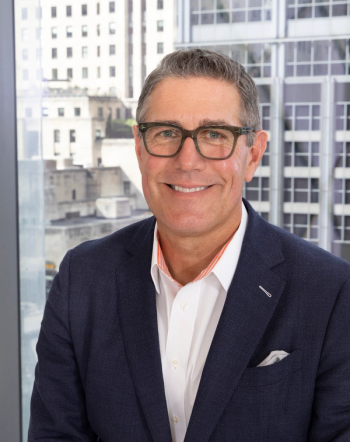
Pivoting vs Planning in Continuing Medical Education
Over the past 12 months, the continuing medical education (CME) industry has continually evolved during the COVID-19 pandemic. As we look at the possibility of returning to live meetings, it is essential to reflect on the four phases through which we have transitioned—from a reactionary position at the start of the global pandemic, to a place of proactive planning—and to find out what lessons we can apply to the future.
Phase 1. In early March 2020, the impact on live events was felt as institutions began restricting faculty from travel. CME providers were forced to adapt quickly, finding local faculty to fill in for those who could not travel.
Phase 2. As more travel bans and work-from-home mandates were put into place and large in-person events were universally canceled, CME leaders pivoted to recreate the live educational experience to support our healthcare professionals (HCPs) through digital platforms.
Phase 3. After the industry shifted, so did CME. For example, companies like Physicians’ Education Resource®, LLC (PER®) benefited from moving into a more proactive planning phase. We no longer forced a live format into a digital space, but instead created virtual CME experiences that optimized technology to produce uniquely interactive opportunities.
Phase 4. As we look ahead to the rest of 2021, we may be able to start planning for a return to live events in the future. But that change will likely be gradual, with hybrid programs that balance safety with the desire for in-person collaboration for a fulfilling educational experience.
In looking at the possibility of planning for a return to live events or hybrid model in the future, it is the lessons learned from our experiences in navigating through the global pandemic that can create those fulfilling educational experiences and in-person collaboration opportunities HCPs need most. What lessons can CME bring to a proactive approach to CME planning?
The need to provide specialized education. Due to space constraints and their associated costs, live events offer a limited number of tracks and breakout sessions. With virtual experiences, we have been able to increase the number of specialty tracks, creating new opportunities for deeper interaction in a small setting.
Creating in-depth learning experiences. One way that we have optimized virtual meetings is through video poster halls inspired by in-person experiences that included print posters. These clickable posters provide rich context and opportunities for engagement with videos demonstrating cutting-edge surgical techniques that HCPs can explore at their own pace.
Prioritize convenience and experience for HCPs. While we have always had planned live meetings to be worthwhile for learners, this priority seems more important than ever before. Over the course of the pandemic, we have adapted our formats to overcome “Zoom fatigue,” creating shorter programs and more opportunities for engagement through polling and gaming components.
More distanced, yet closer than ever. Due to the ubiquitous nature of smartphones, we can easily connect with anyone, from anywhere, at any time. This allows us to bring more diversity to CME through international experts who may have years of experience with therapies that are newly approved in the US, or have a deeper understanding of treating conditions that disproportionately affect patients from various racial and ethnic groups.
Professionalize to differentiate. For years, we focused on perfecting the live meeting format. Now, we must bring that same level of attention to your virtual meetings. We’re not just creating content; we work with a team of studio engineers, producers, creatives, copywriters, and marketers who truly understand what it takes to create a professional program that stands out.
Returning to live meetings is the goal for all of us; however, simply returning to the way things were won’t be possible. As we start to make plans for life in Phase 4, one of our biggest challenges will be personalizing an impersonal experience that will still include some components of social distancing. The best way to get there will most likely include the technology we’ve developed and the lessons that we’ve learned over the past year.
Newsletter
Lead with insight with the Pharmaceutical Executive newsletter, featuring strategic analysis, leadership trends, and market intelligence for biopharma decision-makers.




